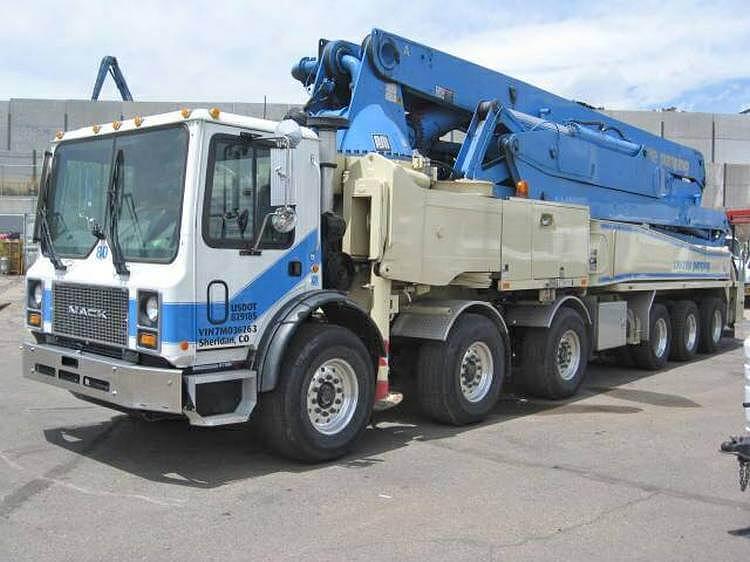 When the temperature is around 10 degrees Celsius (45 F), you are technically looking at cold weather concrete placement. There are several tips and techniques to consider while pouring concrete in the winter season.
When the temperature is around 10 degrees Celsius (45 F), you are technically looking at cold weather concrete placement. There are several tips and techniques to consider while pouring concrete in the winter season.
When pouring concrete in winter, you need to ensure that it doesn’t harden immediately upon placement. Quick concrete hydration can lead to many unwanted characteristics and a poor finish.
You need to allow enough time for hardening so concrete can build compressive strength; this also helps in the removal of forms without causing damage corners and edges. You need to maintain correct conditions for quality concrete curing in order to avoid cracks and ensure desired serviceability.
The Right Way to Pour Concrete in Winter Season
Below are some expert recommended tips and techniques that will help you execute cold weather concrete pouring and achieve desired strength and finish.
- Before you begin with concrete placement, plan a detailed strategy on which forms, materials, testing equipment, etc will be used during the work.
- There are several techniques contractors use for scheduling the construction; bar charts, a line of balance and critical path method to name a few. Schedule concrete placement using the right technique and also finalize specific cold weather protection strategies for concrete mixing.
- Keep a record of both concrete temperature as well as exterior temperature while placing concrete
- Clear snow, ice, water droplets, dust and other foreign particles off the ground before you begin your concrete pouring.
- If you need to achieve a specific strength requirement and if any special consideration is required to ensure it, maintain recommended temperature of concrete throughout.
- If you have a plan to use an insulated blanket or heated enclosures while pouring concrete in a cold climate, make sure you know how to use them appropriately; they should be made windproof and weatherproof while covering the concrete.
- While using a combustion heater at a concrete pouring site, make sure you set vents to avoid carbonation effect.
- In cold weather concrete placement projects, you need to ensure the exact number and size of air entrained voids such that the concrete can resist freezing and thawing.
- When pouring concrete, keep water to cement ratio minimal to obtain low slump concrete; this will help reduce the settle time of concrete and control bleeding water.
- Make use of insulated blankets to assure quality concrete curing at optimal temperature. Typically, it takes 3-7 days for concrete curing and you need to maintain minimum 10 degree Celsius temperature until the concrete settles completely.
- Let bleed water evaporates completely before you start with final concrete finishing process.
- You can also request from your concrete mix supplier a heated mix. Or you may order 100 lbs of Portland cement for each cubic yard of concrete. This additional amount of cement will help building the core strength of concrete.
- According to concrete specialists, fresh concrete if frozen within first 24 hours will compromise about 50 percent of its potential 28-day strength.
- It is recommended to maintain 5-7 degree Celsius temperature for a minimum of 4 days after using the heated enclosures. A sudden fall in temperature below 5 degree Celsius in 24 hours can cause failure in quality concrete pouring.
- Avoid using concrete sealants when concrete has been recently poured
- If your concrete supplier’s batching plant is too far from the job site, some additional procedures will be required to prevent setting issues.
For successful completion of concrete pouring, you need to keep concrete mix warm, above 5 degrees Celsius, for the first 2 days; the first 48 hours are critical in determining the strength quotient of concrete.
